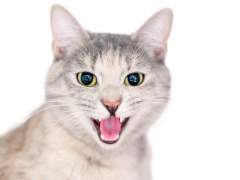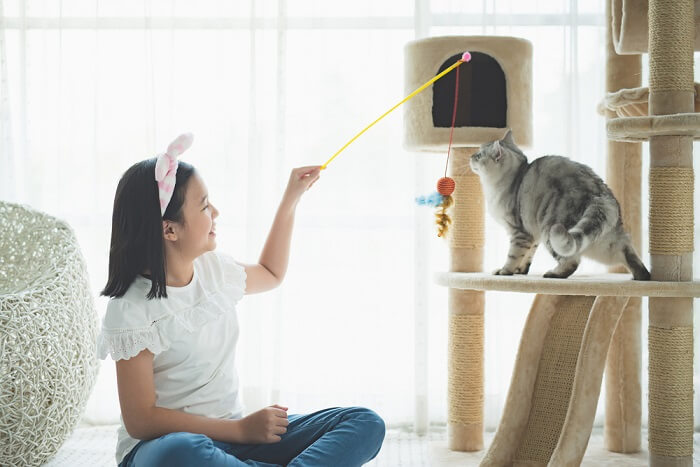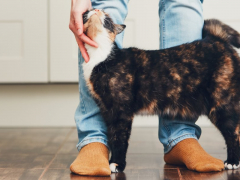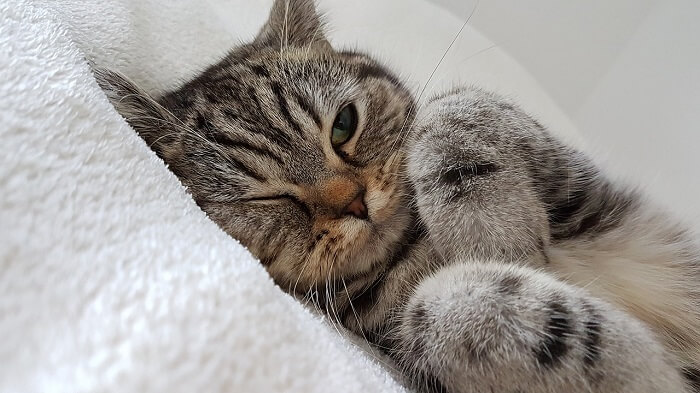
What Is a Corneal Ulcer?
The cornea is the clear window of the eye and can develop scratches or abrasions, which are called corneal ulcers or corneal ulceration. Corneal ulcers can involve just the superficial layer of cornea, called the epithelium, or can progress deeper into the cornea involving the stroma or deepest layer of the cornea, Descemet’s membrane.
Corneal ulcers are painful and can develop infections that threaten the eye, so it is very important to take your cat to a veterinarian if you suspect a corneal ulcer. Treatment will depend upon the cause, but many times involves antibiotic eye medications like drops or ointments.
Quick Overview: Corneal Ulcers In Cats






What Causes Corneal Ulcers in Cats?
The most common cause of corneal ulceration in cats is the Feline Herpes Virus-1 (FHV-1). This virus infects young kittens who then become life-long carriers of the virus. When the virus becomes activated from stress or illness, eye conditions like corneal ulcers can develop.
Other causes of corneal ulcers in cats include:
- Trauma (scratches, punctures)
- Chemical or shampoo burns
- Eyelid abnormalities (unable to blink, bug-eyed cats like Persians, entropion)
- Eyelash abnormalities (extra eyelashes)
- Dry eye
What Are the Symptoms of Corneal Ulcers in Cats?
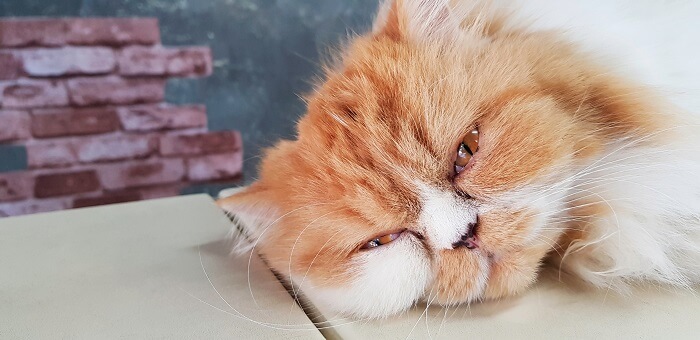
If a corneal ulcer is suspected, a veterinarian will perform a complete eye examination, including a special eye drop dye called fluorescein stain. that glows green under a blue-filtered light.
Corneal ulceration is painful and causes inflammation of the surrounding eye structures.
Symptoms of corneal ulcers include:
- Squinting
- Raised third eyelid
- Rubbing / pawing at the eye
- Tearing / weepy eye
- Eye discharge (mucousy, pus-like)
- Swelling and redness of eye membranes (conjunctivitis)
- Haze or cloudiness to the cornea
- Changes in vision
- Decreased appetite or activity level due to pain
How Do You Diagnose a Corneal Ulcer?
A veterinarian will perform a complete eye examination if a corneal ulcer is suspected. This will include a special eye drop dye called fluorescein stain. Fluorescein stain is absorbed by an ulcer, and glows green under a blue-filtered light used during the eye exam and will confirm a corneal ulcer.
Corneal ulcers can be shallow or superficial, involving the corneal epithelium only. Bacterial infection will cause the ulcer to deepen into the cornea, called a stromal ulcer. Ulcers that involve all the corneal layers except the very last, extremely thin layer is called “descemetoceles” and are most often considered emergencies.
An ulcer that deepens all the way through the cornea will lead to rupture of the eye, called perforated corneal ulcers. Some ulcers can be so severe that they cause the cornea to grow tiny blood vessels to help with healing, or even develop pus or bleeding in the front chamber of the eye.
How Do You Treat Corneal Ulcers in Cats?
Treatment of a cat’s corneal ulcer will almost always include topical antibiotic eye medications to prevent infection from developing in the wound. If a bacterial infection is already present, your cat may require antibiotic eye drops up to every 1-2 hours.
Antiviral medications are also very often used as the most common cause of a corneal ulcer in cats is feline herpesvirus. Other medications may include pupil-dilating eye medication (atropine), oral antibiotics, anti-inflammatories, and pain medications.
Some ulcers are severe enough to require surgery to try and save vision or the eye. Your veterinarian may refer you to a veterinary ophthalmologist for further evaluation and corneal surgery.
Can Cats Recover From a Corneal Ulcer?
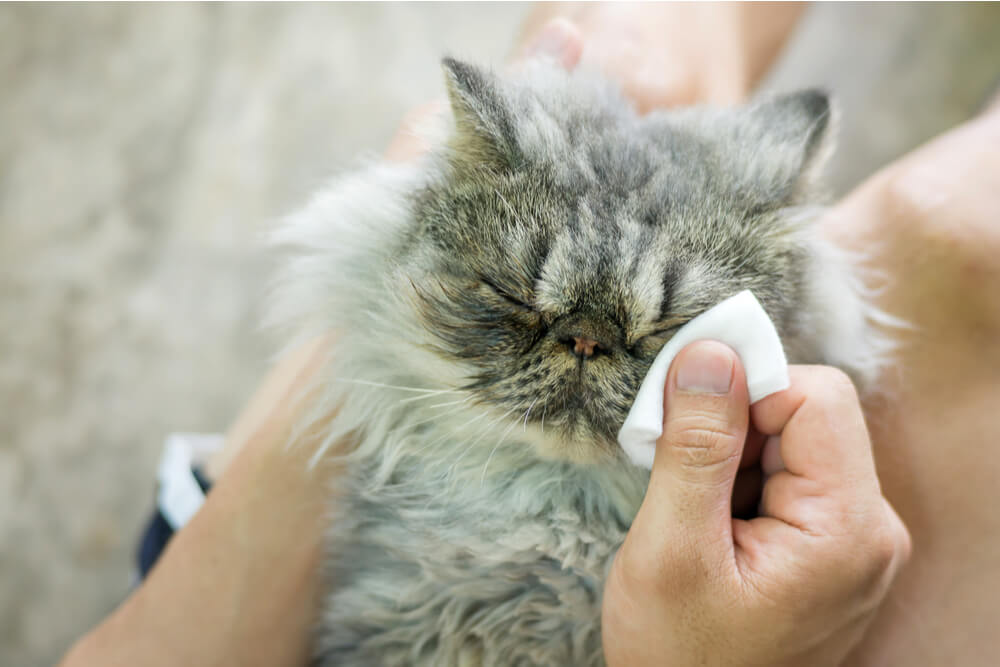
You may also need to clean your cat’s eyes and ears using a damp cotton ball or cloth.
Most shallow corneal ulcers heal without scarring or significant effects on vision. Usually, corneal ulcers heal within 1-2 weeks, but some may take longer if infection or any underlying cause is contributing. Preventing self-trauma during the healing phase by using an Elizabethan collar is recommended in most cases.
Frequently Asked Questions?
How long does it take for a corneal ulcer in a cat to heal?
Simple, non-infected corneal ulcers should heal in 1-2 weeks. Healing may be prolonged if there is severe viral or bacterial infection, or if there is an underlying cause that isn’t being treated. Cats with bug-eyed faces, like Persian and Himalayan cats, are at an increased risk of corneal ulcers and infection.
How do you treat a corneal ulcer in a cat?
Corneal ulcers are most often treated with medications including topical antibiotics, to prevent or treat a bacterial infection. If the feline herpesvirus is a suspected cause, antiviral pills or eye medications can be necessary. Pain medication can be given by mouth if necessary. Severe corneal ulcers that threaten the eye or vision may require surgery, most often by a veterinary ophthalmologist.
What does a corneal ulcer in a cat look like?
Cats with corneal ulcers will show symptoms of eye pain, like squinting, rubbing, or pawing at the eye, and excessive tearing or discharge. The eye membranes can become red and swollen (conjunctivitis) and the eye surface may appear cloudy or hazy. An ulcer that is severe can appear as a dent or divot on the surface of the eye.




